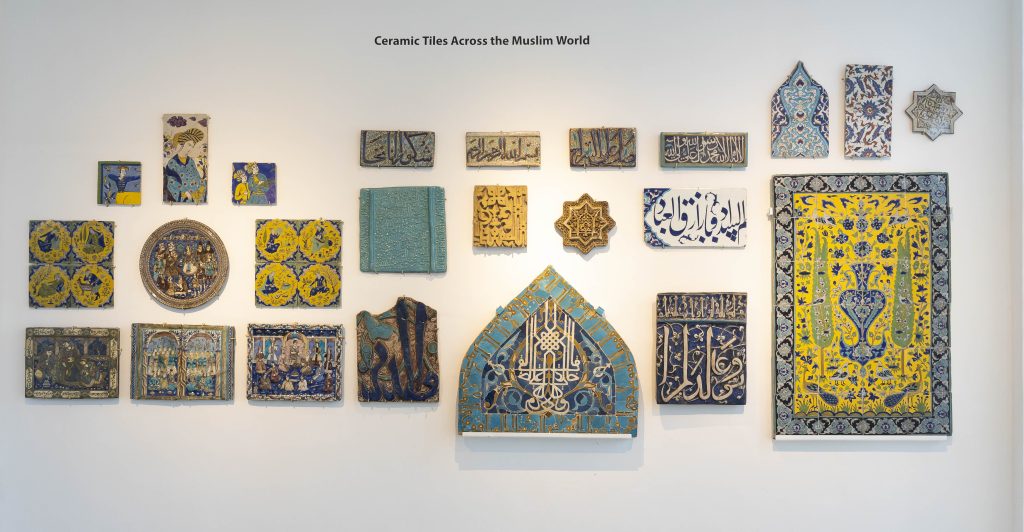
Architecture was the earliest expression of Islamic ‘art’, and it has retained its superiority ever since. Within the category of architecture, mosques are the highest manifestation of all. Since the time of the first mosque at Medina, they have been centres of prayer. As communal worship every Friday is incumbent on male Muslims, the mosque is about community as well as devotion. The same is true of Islam’s holiest site. At a level higher than art, the Ka’ba in Mecca is the most fundamental shape that a building can be, and yet the power of its simplicity is felt around the world. No other major religion looks to a building as determinedly as Islam looks to its most sacred shrine.

The sweeping majesty of Islamic architecture provides a display challenge for any museum. The solution at IAMM is a comprehensive collection of scale models. Conveying the splendour of the originals, they provide an overview of the Islamic world’s most significant buildings. These include the colossal grandeur of the holiest mosque in Islam – Mecca’s Masjid al-Haram – and the more desolate beauty of Central Asian mausoleums dedicated to Timur and Amir Albukhari.

Every corner of Islam is covered in miniature, starting with the mosques of the Malay world. These are notably different from other structures, proving the adaptability of the religion to diverse environments. In contrast to the simple structures of Southeast Asia are India’s most imposing monuments. Some of these, like the Taj Mahal, have become such universal symbols, it is easy to overlook their religious purpose. Alongside the model of the Taj Mahal is a less recognisable mosque in Xian, a reminder of China’s Islamic heritage. Lending an extra dimension of atmosphere is the recitation of the Qur’an, which provides an inspiring aural backdrop to the gallery.
The Standard Chartered Ottoman Room (Damascus Room)

Secular Islamic architecture also has its moments of greatness. Although sacred structures are integral to Islam, domestic architecture has a perfection of its own. The Orientalist image of enclosed, inward-looking worlds is largely accurate. At the palatial end of the spectrum is the Standard Chartered Ottoman Room. Constructed in 1235 AH (1820-21 AD) it typifies a life of luxury in Ottoman Syria. Windows were clearly a low priority. The focus is on an internal paradise, sumptuously decorated on every surface. The ceiling is as lavish as the walls. Red, green and gold predominate in a rococo wonderland that shows some of the European influence that reached the Ottoman empire during the 19th century. An impression of opulence is as visible at close range as it is from a distance, with a profusion of painted flowers, fruits and architectural scenes. Hospitality has always been central to the Muslim way of life; a room such as this would have been intended for entertaining honoured guests.














